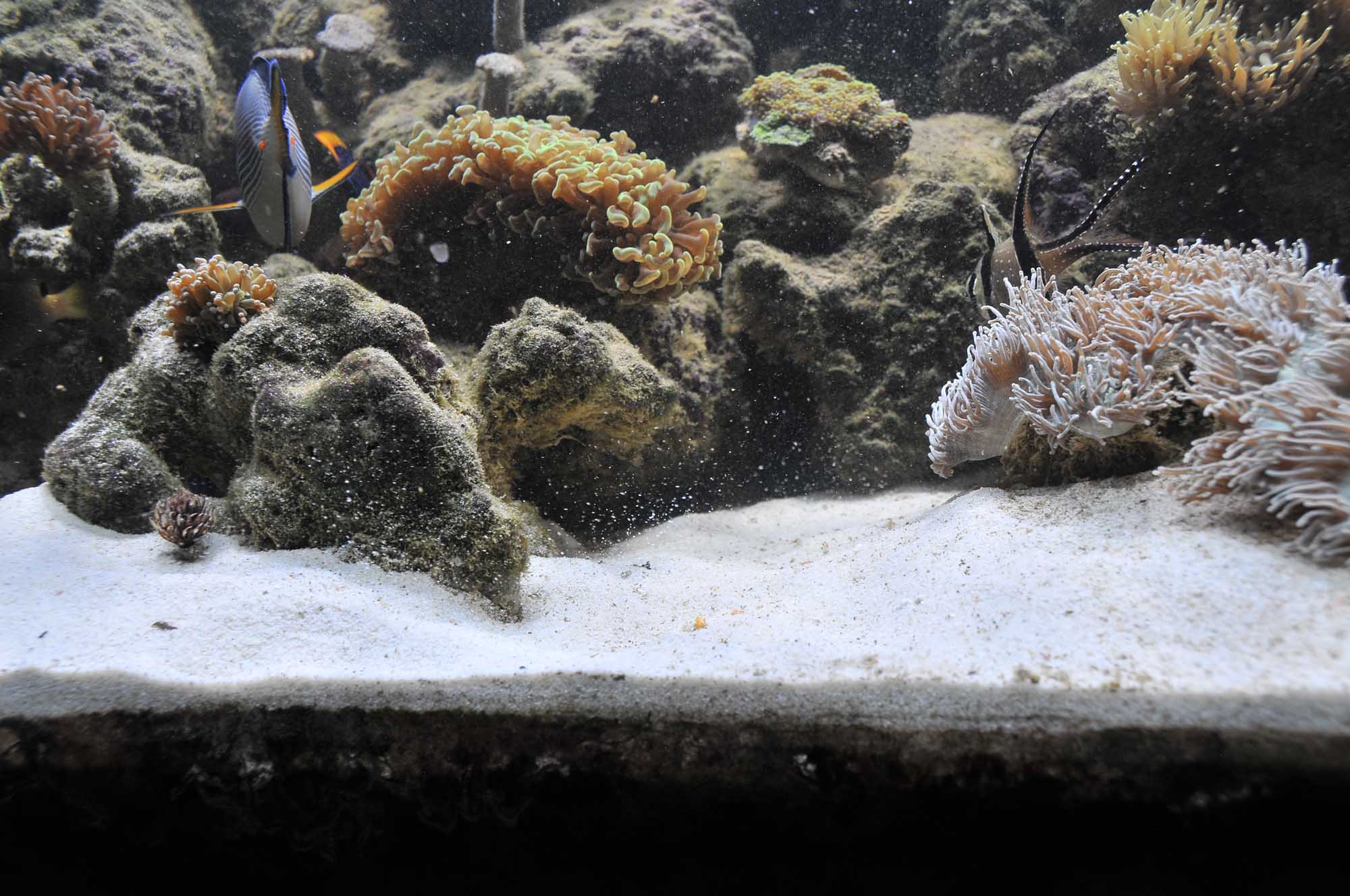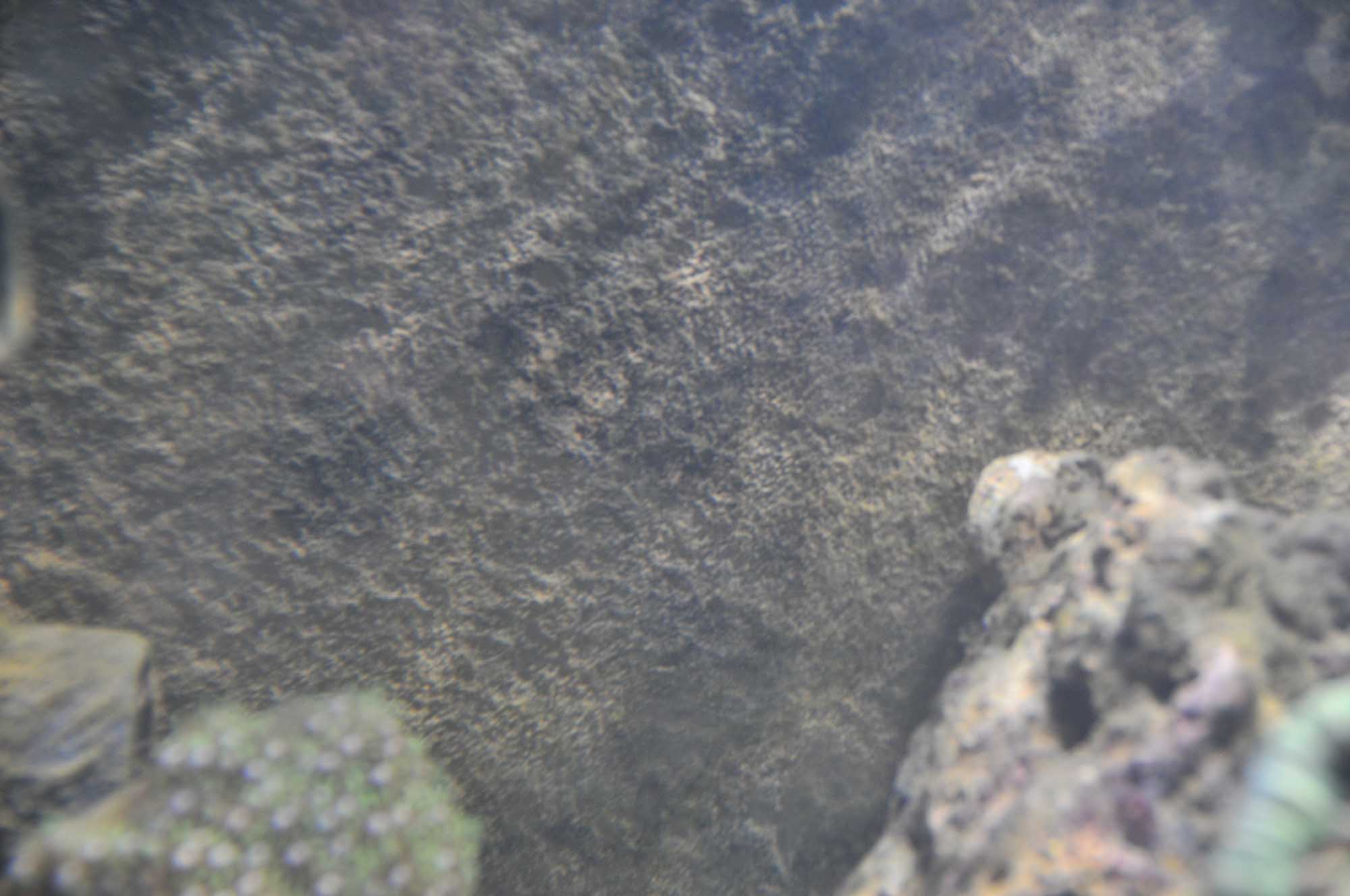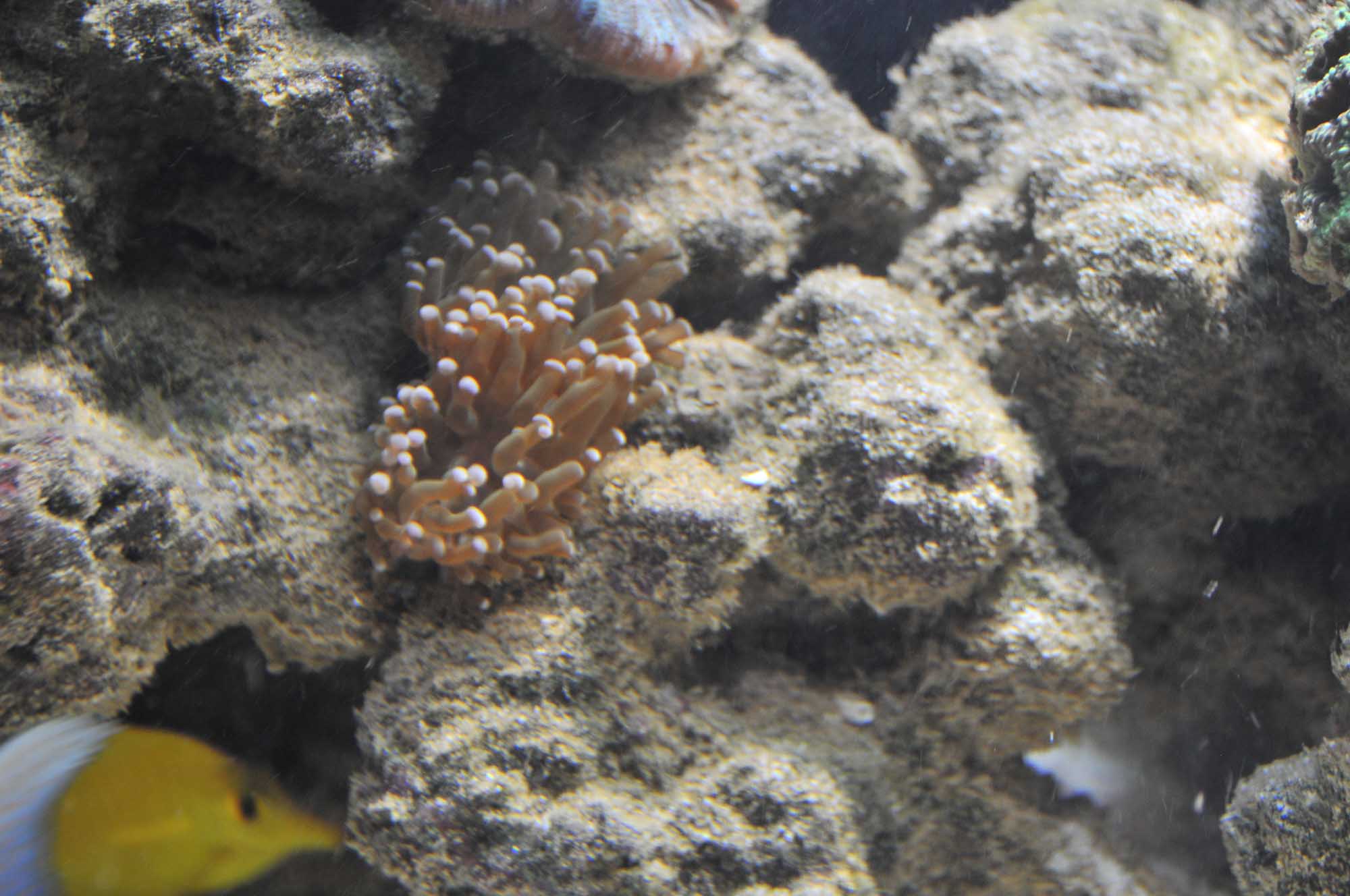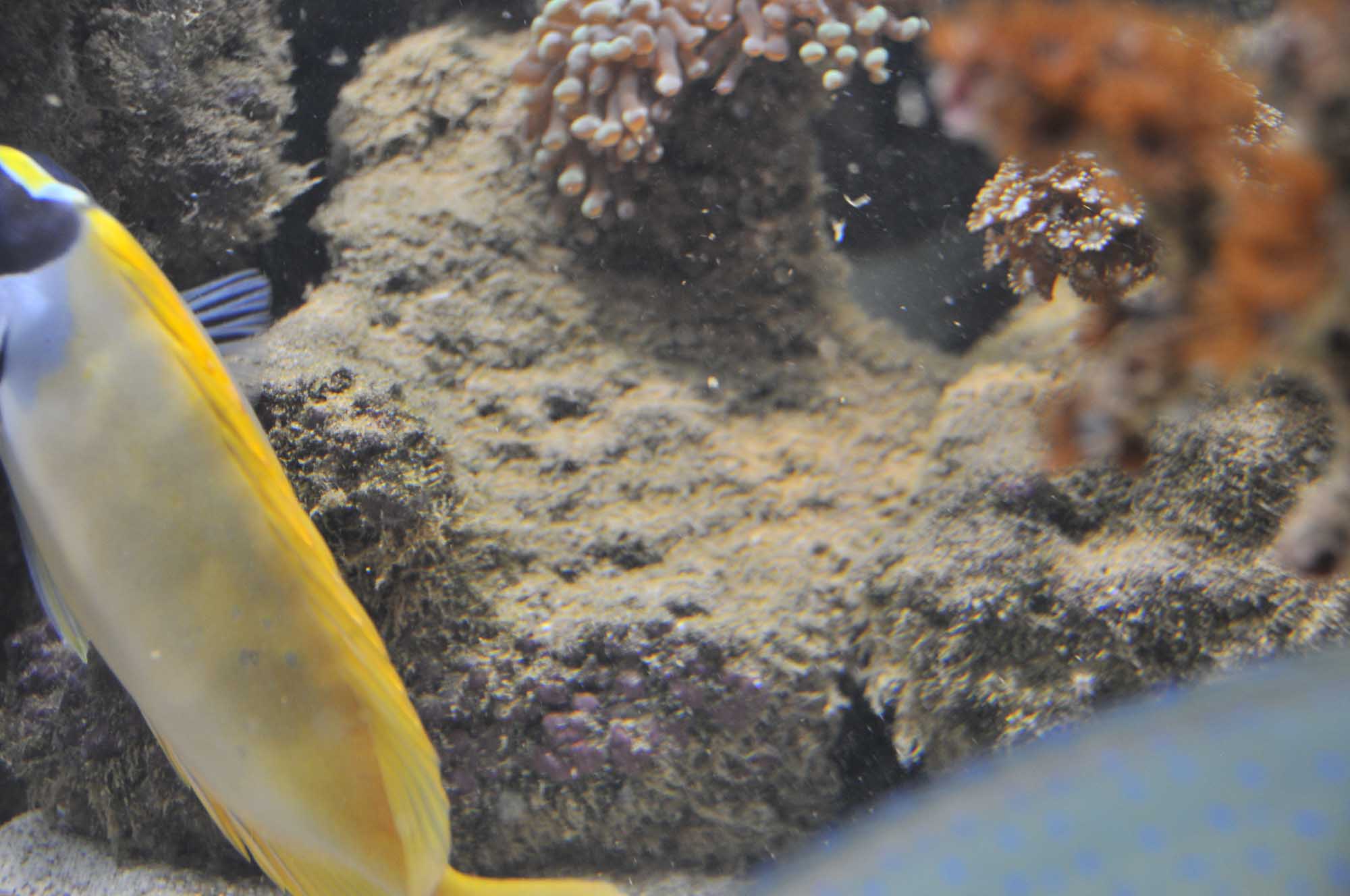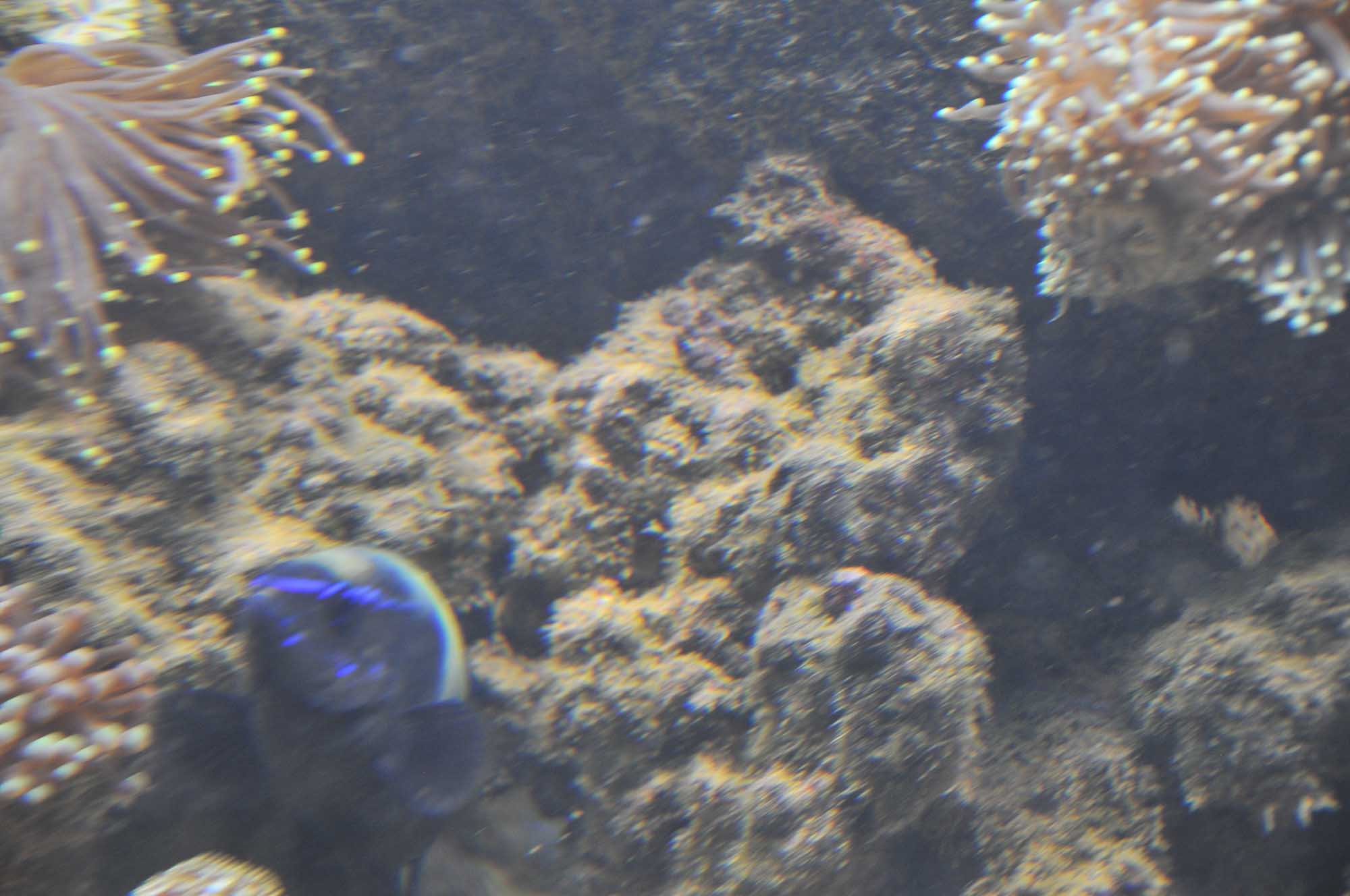1) cant increase my circulation cuz of my display to sump overflow in small and i have 2 power heads making waves the makes the gas exchange good, do you mean i should get ANOTHER one that looks exactly forward ?
2) i have a Deltec Nitrate Reducer that words with vodka and i add 12ml of vodka mix ( 1 vodka and 3 water mix ) to the reactor , 6ml once at the morning and onee at night. and i have 3 skimmers.
3) yeah i use KALK+2 from brightwell around twice a week just like the instructions for months .if i use more my alk will go way up
4) working on that
5) Whats a fluidized sandbed filter ?
6) thats impossible for my room .
and i dont know what my sand is , its was really light and too white but after months its a litlle more sandy and yellowish and heavy . how can i tell what it is ? all i know it wasnt Live sand when i got it , but i think after a year with the live rock its live . its around 5inch deep.
Quote:
Originally Posted by
SnakeBlitz33 http:///t/389195/i-have-an-impossible-phosphate-problem#post_3438057
Ok, so, you have a huge algae problem caused by excessive amounts of nutrients. You want to keep all of your fish that you have. You say you have the best equipment there is, yet you still have a problem. Hmm... Ok, lets see what I can do...
Here are a few methods that are "out of the ordinary" for waste control and management - if you do some or all of these things, I'm sure you can put a huge dent in it.
1. Increase your water flow 2x more than what it is now. The fish will be ok. One powerhead should point directly across your water. Not up at it or from top down, but ACROSS your surface water. This will increase gas exchange greatly, and build up aerobic bacteria to break down waste. Don't point any powerheads directly at soft or LPS corals.
2. Get an aquipure filter, as Flower suggested, and vodka dose your tank. Adding vodka to your tank increases the bacterial populations that break down waste into nitrogen gas. I list it as unconventional because not a whole lot of people vodka dose. In fact, research vodka dosing your tank, aside from the aquapure filter. You will need an oversized skimmer for this step, and the next step:
3. Drip calcium hydroxide and wet skim. Calcium hydroxide is sold in the aquarium trade as "Kalkwasser" it's also called "lime water." You may be able to find it in pure form if you look for it at a chemical company. Dripping calcium hydroxide in your system will precipitate phosphates out of the water column before they have a chance to be consumed by algae. The problem is that if the precipitated phosphate is not removed through "wet skimming" it's reintroduced into the water column over time. So, your protein skimmer must wet skim. That's why you need an oversized skimmer.
4. Have someone build you a scrubber. I'm sure you can have someone build you an acrylic box, and you can add some plumbing and lights. It's not a whole lot of work to do it at all, and shouldn't cost very much to get done. A scrubber will remove dissolved organic and inorganic nitrate and phosphate in your water column. The algae that you have growing in your display tank will grow on the screen and not in the tank. I'm not saying that a scrubber will "cure" your problem with that many fish, but it would definitely help.
5. To speed up the process of breaking down ammonia from your fish and leftover food, consider adding a fluidized sandbed filter. The sand in the filter builds up bacteria which when water passes through the filter, it instantly breaks down ammonia into nitrite and into nitrate. So, ammonia in, nitrate out. The quicker your tank can deal with excessive amounts of ammonia, the better. The fish may also be more comfortable with the additional help of the fluidized sand bed filter breaking down the ammonia quicker. I usually don't recommend this method for anyone, but with that amount of fish - I think it's necessary.
6. If you have the space, add two remote really deep sand beds to your system. Remote means that they aren't located in your tank, but behind or beside it or in another room - and they are connected to the main system. A small 30g food grade plastic trash can does the trick. Put one "water in" line, and one "water out" drain at the top of the trash can just above the sand. Have the water flow gently over the sand. The best remote deep sand beds are at least 20+ inches deep/tall. You have to run remote really deep sand beds in pairs. Every two years you must either wash and clean the sand in the trash can, or completely replace the sand. Hydrogen sulfide is left behind as black, foul smelling substance. You never want to stir up a really deep sandbed while it's still connected to your display tank, because the hydrogen sulfide can be very poisonous to the fish. sand beds build up anaerobic bacteria which naturally break down nitrate and other waste directly into Nitrogen Gas and hydrogen sulfide (and other by-products) The gas leaves the container, and the hydrogen sulfide stays behind. It's also the reason that you take one of the trash cans off the tank every two years and clean it separately , to wash the hydrogen sulfide out of the sand and start fresh. This method is not a quick fix at all, but will have a tremendous positive effect over time.
Is your sand bed made of true calcium carbonate live/dry aragonite sand?



